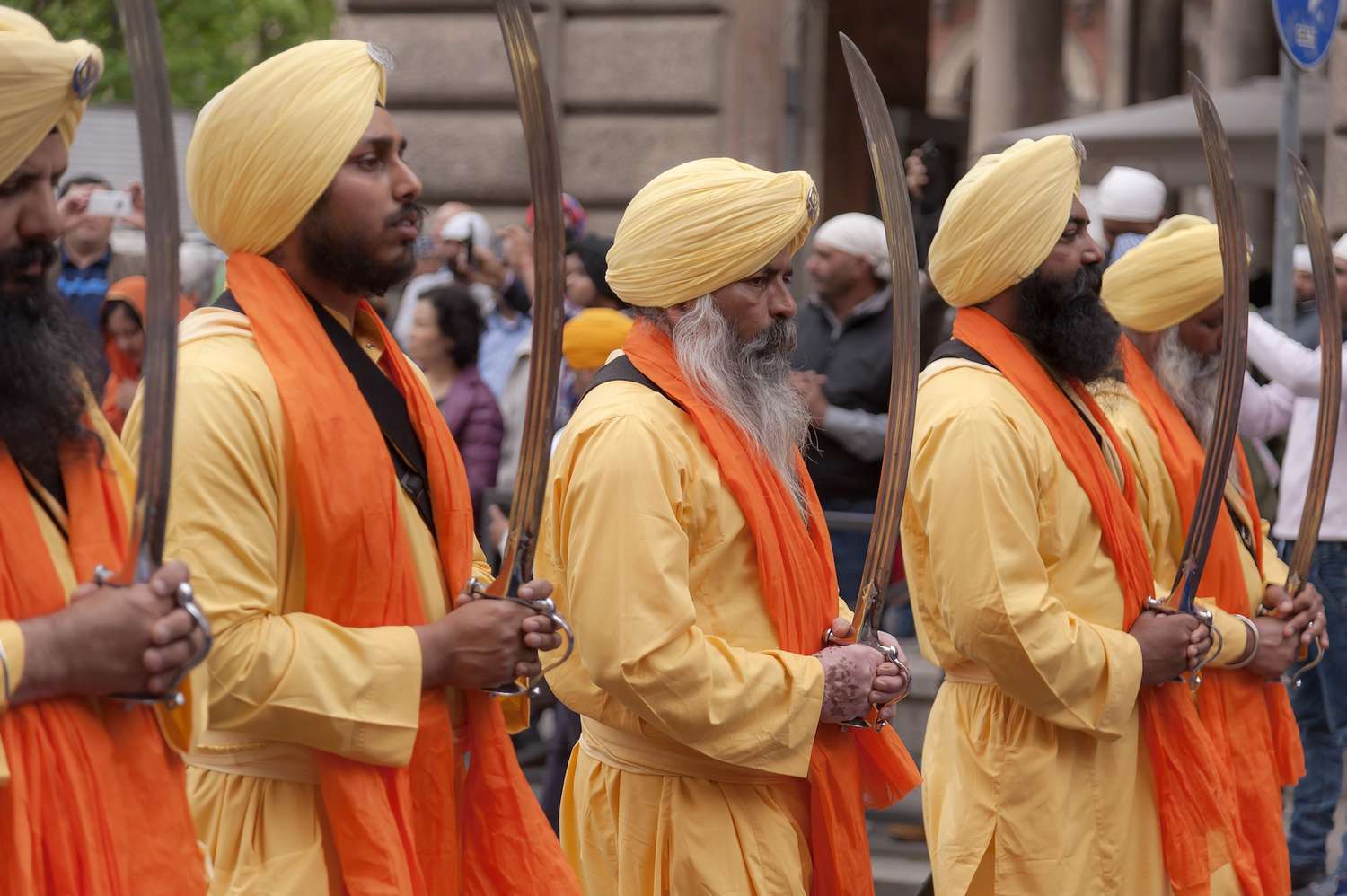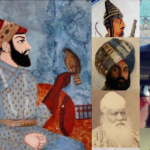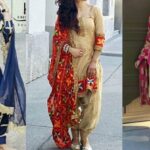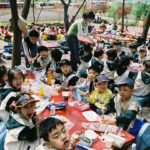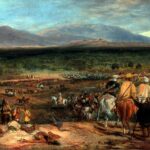One of the oldest and most diversified cultures in the world, which is evident in every way, is found in Punjab. They are robust people who enthusiastically observe each holiday and event. Their families have events all around the world and welcome visitors to experience their way of life. It is therefore not surprising that they are adored by people all around the world. Vibrant colors and lively individuals who best express themselves via their traditional clothing are a part of Punjabi culture. Design, comfort, and color are all harmoniously incorporated into Punjabi traditional clothing.
Phulkari wearing traditional Punjabi clothing
The term “flower craft,” or phulkari, has its origins in Punjabi culture, which dates back to the 15th century. It’s vivid colors and intricate embroidery speak volumes about women’s taste in clothing. The emotional love story Heer-Ranjha by Waris Shah is where the artistic craft of embroidery first appeared, and it hasn’t changed since. The many colors woven into this cloth, which is worn by women of all ages and social classes, portray the lives of those women. On shawls, Kurtas, Dupattas, and Lehengas, Punjabi ladies create eye-catching combinations of exquisite patterns known as Phulkari needlework for all occasions.
Sikh men’s traditional dress encompasses a rich tapestry of diverse garments that reflect the cultural heritage and regional influences within the Sikh community. From the majestic turbans to the intricately embroidered garments, Sikh traditional attire is a visual feast that embodies elegance, identity, and tradition. In this article, we will explore the vibrant and diverse traditional dresses of Sikh men, highlighting their cultural significance and the stories they convey.
The Turban (approximately 300 words): The turban, or “dastaar,” is a prominent and iconic element of Sikh men’s traditional attire. It holds immense cultural, religious, and historical significance. The turban varies in style, size, and color, representing the wearer’s regional and personal preferences. Some common styles include the Dumalla, Parna, and Nok-style turbans.
The turban serves as a symbol of honor, dignity, and sovereignty. It represents the Sikh identity and adherence to the Sikh code of conduct. Turbans are meticulously tied using long cloth, with various techniques passed down through generations. The art of turban tying is a cherished tradition, often taught within families and communities.
In addition to its symbolic meaning, the turban also showcases regional diversity. For instance, the Patiala Shahi turban is popular in the Punjab region and is characterized by its large size and unique pleating style. The Malwa turban, on the other hand, is known for its distinctive round shape and smaller size.
The Clothing
Alongside the turban, Sikh men traditionally wear a range of garments that highlight their cultural elegance. The Kurta and Pajama are common attire for Sikh men, representing comfort, simplicity, and grace. The Kurta is a loose-fitting, knee-length shirt, while the Pajama is a loose-fitting trouser. These garments are usually made from cotton or silk and come in various colors and designs.
Another significant garment is the Angarkha, which is a long, flowing robe-like garment that adds a regal touch to Sikh men’s attire. The Angarkha showcases intricate embroidery and embellishments, often displaying traditional patterns and motifs. It is worn on special occasions, adding grandeur and splendor to the overall appearance.
The Chola is a distinctive robe-like garment, usually made of silk or brocade fabric. It is typically worn by Sikh priests and reflects their role as custodians of the Sikh faith. The Chola is adorned with intricate embroidery, showcasing sacred symbols and scriptures.
The Kachhera, a specific type of undergarment, deserves special mention. It represents modesty, self-discipline, and adherence to Sikh values. The Kachhera is loose-fitting shorts made of durable fabric, allowing for ease of movement. It serves as a constant reminder to lead a disciplined and virtuous life.
Accessories
Accessories play a crucial role in Sikh men’s traditional attire, adding finesse and cultural significance. The Kirpan, a ceremonial sword, is a mandatory accessory symbolizing bravery and the defense of righteousness. The Kara, a steel bangle, represents unity, strength, and the eternal nature of God. The Kanga, a wooden comb, is carried in the hair as a symbol of cleanliness and discipline. These accessories not only enhance the overall appearance but also reflect the core values of the Sikh faith.
Conclusion
Sikh men’s traditional dress is a vibrant reflection of cultural elegance, showcasing a tapestry of diverse garments and accessories. From the majestic turbans that symbolize honor and identity to the intricately embroidered garments and meaningful accessories, each element holds significance and tells a story. The traditional attire not only adds grace and charm but also serves as a visual representation of Sikh values, regional diversity, and historical legacy. It is a celebration of the Sikh community’s rich heritage and an embodiment of cultural pride.
